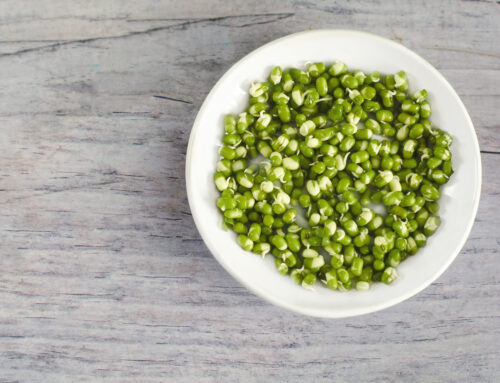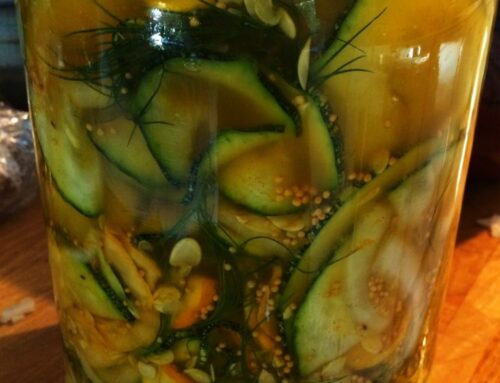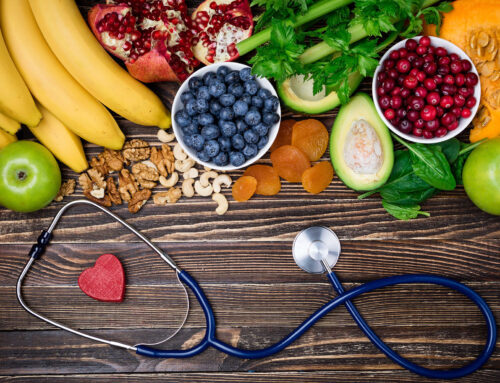By Vesanto Melina, MS, RD and Brenda Davis, RD
When we look at the science, what do we learn about those who follow raw food diets? Do raw food enthusiasts fare as well or better than those on well-balanced vegetarian and semi-vegetarian diets? Is a raw diet appropriate for children? Must we be 100 percent raw to enjoy the benefits? When our diet is centered on fruits and veggies, can we get enough protein, iron and calcium? When we add seeds, nuts and avocados, won’t our fat intake be too high?

On the downside, large German studies of raw foodists have shown that one woman in four lost her menstrual cycle, thereby affecting reproductive function. This occurred when the raw diet was unbalanced, mainly fruit-centered and very low in calories. (Those on a balanced diet thrived!) Although it has been well-established that balanced vegan diets support the health and growth of children, there is insufficient research to show how this can be successfully done on a raw diet; there have been a few tragic cases in which the raw diet used was not properly designed. A dietary pattern that is effective for weight loss or disease reversal in adults is inappropriate for growing children who require a diet with higher caloric density. While children can thrive on diets that feature generous amounts of raw food, including cooked legumes, whole grains and starchy vegetables, and sufficient amounts of high fat foods, will help meet the unique needs of fast growing infants and children.
Raw diets can be planned to meet our recommended intake for every nutrient, providing that we include a supplementary source of vitamin B12, and sufficient sunshine or vitamin D supplements are ensured. It is not necessary to go 100 percent raw to enjoy the benefits of raw foods; high-raw diets can provide similar benefits. Though rounding out a raw diet with seeds, nuts and avocados can lead to a high fat intake, the quality of fat in these foods is entirely health supportive. Whether you wish to ‘go to raw’ for a while or simply want to add a few more raw foods to your current way of eating, there are endless healthy possibilities to explore.










Leave A Comment